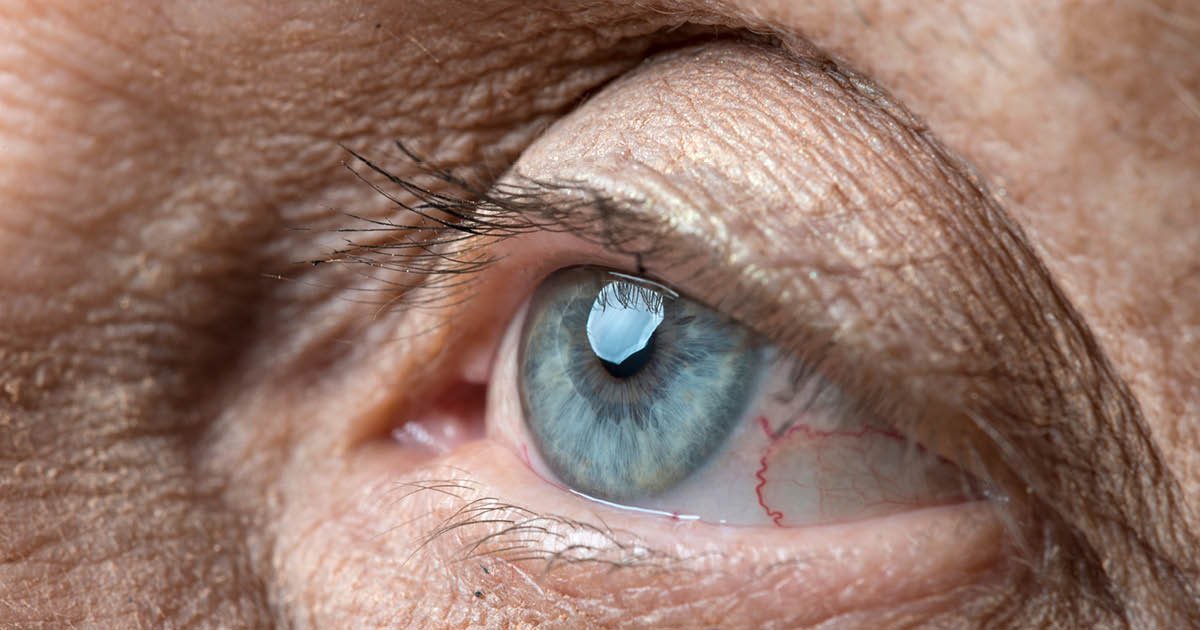October 01, 2025
6 min read
Key takeaways:
- Families used an app at least once a month to report asthma symptoms or track lung function.
- The proportion of children with well controlled asthma increased from 77% to 86% with remote monitoring.
Risks for emergency hospital visits and hospitalizations were cut approximately in half with remote, at-home monitoring among children with asthma, according to data presented at the European Respiratory Society International Congress.
Proportions of children whose asthma was well controlled increased as well, Martinus C. Oppelaar, MD, department of pediatric pulmonology, Amalia Children’s Hospital, Nijmegen, the Netherlands, and colleagues wrote.

“There have been a lot of small clinical studies on remote patient monitoring in pediatric asthma care,” Oppelaar told Healio. “One of the biggest problems with these studies is that they are all performed in controlled research settings with clear protocols, dedicated staff, funding and motivated participants.”

Martinus C. Oppelaar
As a result, he said, these studies are purposively isolated from reality. Clinical practice in the real world, he added, is much more complex and unpredictable with constrained resources.
“We therefore believe that there is a need for more studies that provide insights in the usefulness of remote patient monitoring within routine clinical care,” Oppelaar said.
In a previous clinical trial, the researchers found that remote monitoring could replace half of all standard outpatient appointments.
“After this trial, we have scaled up our nonprofit remote monitoring platform throughout the Netherlands,” Oppelaar said. “This put us in the unique position to study the effect of remote patient monitoring in actual practice rather than in controlled research settings.”
Real-world results
Using data from six Dutch hospitals, the current observational cohort study included 2,528 children aged 6 to 18 years with asthma.
Groups included 1,374 (median age at baseline, 11 years; median follow-up time, 2.85 years) who used remote monitoring at least some of the time and 2,236 (median age at baseline, 9 years; median follow-up time, 2.69 years) who did not use remote monitoring some or all the time.
The researchers noted that some children fell into both groups after switching from not using remote monitoring to using it.
During remote monitoring, families used an app to respond to questions about asthma symptoms or track lung function approximately once a month. The app also provided asthma action and treatment plans as well as information and instructions about prescriptions.
Median outpatient visits per year totals included 1.25 for the group that used remote monitoring and 1.9 for the group that did not use remote monitoring, for a delta of 0.65 (P < .001).
The group with remote monitoring also saw decreases in emergency visits, with an incidence rate ratio (IRR) of 0.51 (95% CI, 0.44-0.61), and in hospitalizations, with an IRR of 0.43 (95% CI, 0.34-0.55), compared with the group with no remote monitoring.
An interrupted-time series analysis found a significant negative slope of –8.6 (95% CI, –16.9 to –2.3) comparing outpatient visits per 100 patients with years before and after the start of remote monitoring, the researchers said, indicating that these reductions were not instant but aggregate over time.
Additionally, proportions of children with well controlled asthma based on (Childhood) Asthma Control Test ((C)ACT) scores in the group with remote monitoring included 76.6% (n = 480/627) at baseline and 86% (n = 234/272) at 36 months (P < .001).
The researchers did not have data on changes in CACT scores for the group that did not use remote monitoring.
“The asthma control data were gathered during remote monitoring,” Oppelaar said. “So, the group without remote monitoring does not have these data available. It would have been interesting to compare these two groups with each other.”
Implications for care
Based on these findings, the researchers concluded that there was an association between remote monitoring among children with asthma and reductions in outpatient visits, emergency visits and hospitalizations.
Oppelaar called these findings significant for multiple reasons.
“First, there are the economic aspects,” he said. “Hospitalizations are incredibly expensive, so if we can find ways to reduce hospitalizations, then this will reduce overall health care costs, which is beneficial to society as a whole.”
These reductions in hospital visits and hospitalizations also reduce the care burden many hospitals are currently facing, he said, with fewer people admitted to hospital wards creating more opportunity to help other patients or shorten waiting lists.
“This is also, of course, beneficial to society,” Oppelaar said.
Improvements in patient outcomes are another important reason why these findings are significant, he said.
“Hospitalizations in pediatric asthma are usually the result of pulmonary exacerbations — acute deterioration of pulmonary symptoms — and these are potentially life-threatening,” he said. “If we are reducing hospitalizations, then this is because we are able to prevent or more timely treat upcoming exacerbations.”
Additionally, he said, hospitalizations put a huge psychosocial burden on young patients and their families.
“No child wants to be admitted to a hospital ward, so if we can prevent it, then that is incredibly significant,” he said.
Suggestions for implementation
However, the researchers cautioned that continuous time and effort are needed to shift from traditional care to hybrid care. Oppelaar added that there is no “one size fits all” solution for remote patient monitoring.
“Implementation of these interventions must align with your context,” he said. “Consider the resources — financial, staff, digital health skills, technological equipment, technical support — your team has, but also the resources of your patients.”
Oppelaar also noted that digital health can come in many forms, from traditional SMS-texting to elaborate smart phone apps.
“All can be useful if they fit your context,” he said. “However, we do believe that there are some main ingredients for successful programs.”
Remote monitoring starts with the patient-facing part of the intervention, he said, beginning with a digital, personalized action plan that patients can access wherever and whenever they want.
Next, the protocol should include an early signaling element such as a symptom questionnaire or lung function device that patients can use regularly to quantify their asthma symptoms.
“The outcomes of these tests should be coupled to the action plan so that patients know what actions to take and when to take them,” Oppelaar said. “This provides continuity of care also outside of hospital visits.”
The clinician-facing part of the intervention should include a feedback mechanism that informs clinicians when the outcomes of remote monitoring are not good.
“This helps clinicians identify early which patients require attention — for example with a telephone consultation — before patients get so ill that they must be admitted,” Oppelaar said, adding that nurses are exceptionally well positioned for these tasks.
“They know the patients best, they know their contexts, and they know which patients require the most attention and when,” he said.
Oppelaar said that nurses teach patients how to use the remote monitoring platform in his clinics and that they also are the first to receive monitoring alerts. The nurses then resolve the issue themselves or redirect them to the appropriate clinician.
Also, Oppelaar said that clinicians do not need to become informaticians themselves, but they do need to have basic digital skills.
“It is important to know approximately how these digital programs work in order to help patients and themselves with any technological issues, but also to advocate to developers for changes that could benefit them or their patients,” he said. “This does require some digital knowledge.”
Oppelaar further said that practices should not simply add remote monitoring to existing structures.
“If you want remote patient monitoring to be successful, you have to completely reconsider care pathways and the tasks of team members,” he said. “There are many more considerations to take into account, but these are the basics.”
The researchers also said their results may include selection bias and confounding and that additional research is needed to determine the factors that drive success in remote monitoring.
“My team has recently won a grant that is going to propel the next phase in our research,” Oppelaar said. “With this grant we aim to complete three objectives.”
First, the researchers will attempt to identify the digital health literacy issues in their population and develop solutions to mitigate them. Second, they hope to predict worsening of asthma control using environmental data. Finally, they want to evaluate the cost-effectiveness of home spirometry.
“All in all, very exciting projects with great potential to improve the care of our patients and to reduce the burden of our health systems,” Oppelaar said.
For more information:
Martinus C. Oppelaar, MD, can be reached at allergy@healio.com.










